Solutions
Events
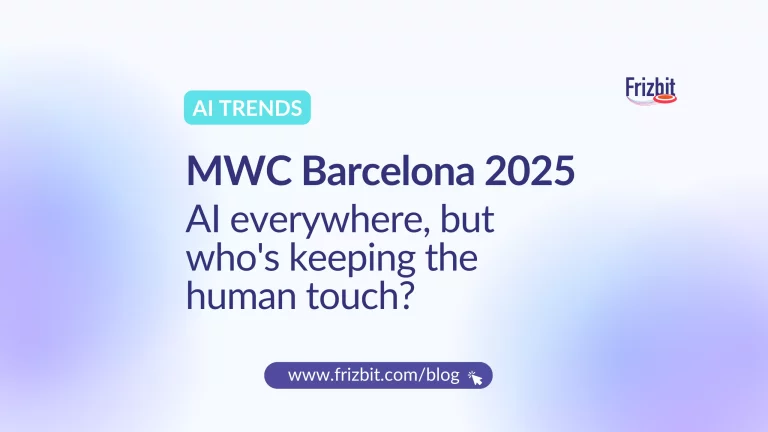
MWC Barcelona 2025: AI Everywhere, But Who’s Keeping the Human Touch?
6 March 2025
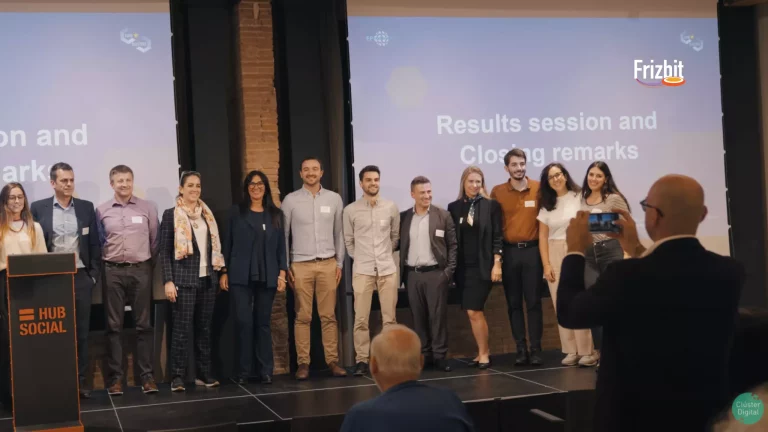
Frizbit’s FingerprintML Selected as Winner at EPICENTRE SUSTAIN Gala in Barcelona
23 September 2024
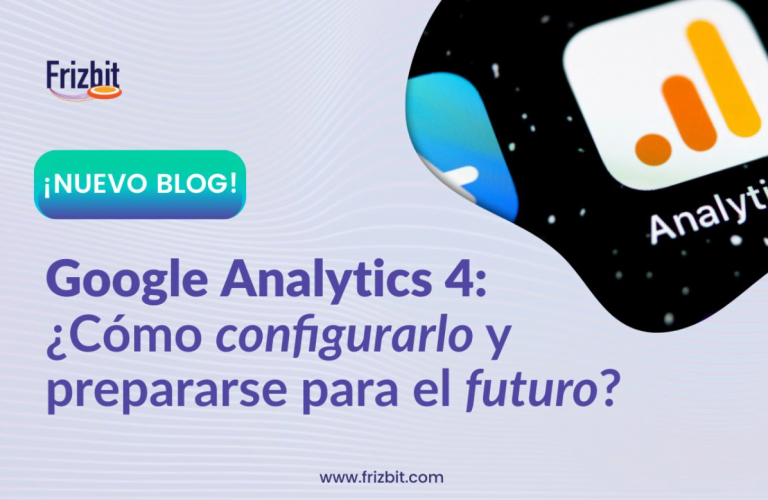
Google Analytics 4 (GA4) vs Universal Analytics (UA) – How to prepare for the future of analytics?
31 October 2022
How to do retargeting in the ‘cookieless’ world?
28 September 2022
Dream Tech Stack for E-commerce with top eCommerce tech startups of Barcelona
25 July 2022
‘Cookieless’ strategies for eCommerce and CMOs
16 May 2022
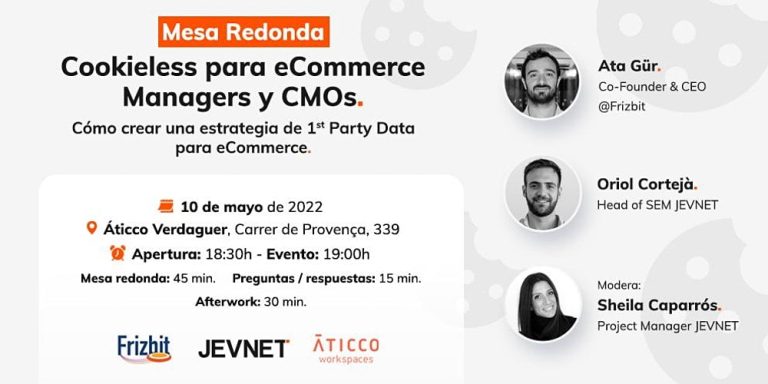
Event : “Cookieless” – Strategies for CMOs & eCommerce Managers
1 May 2022
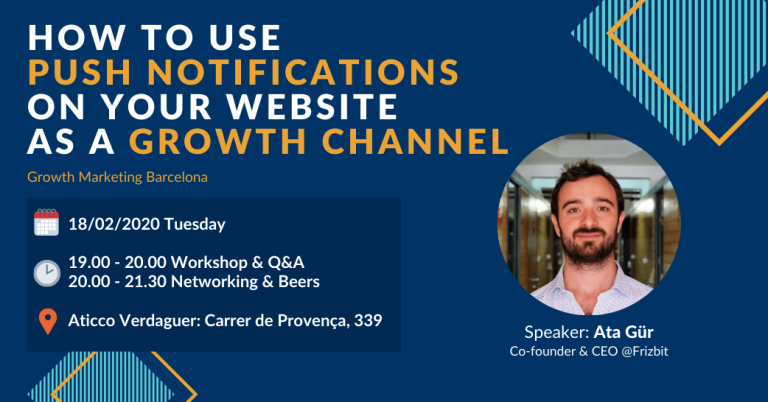
How to Use Push Notifications on your Website as a Growth Channel
21 February 2020
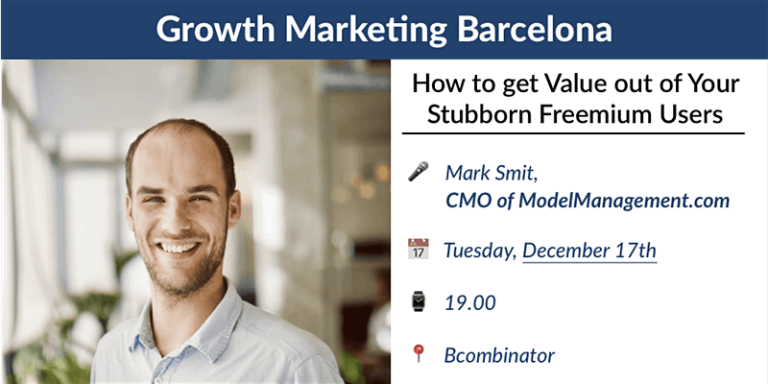
How to Get Value out of your Stubborn Freemium Users
4 February 2020
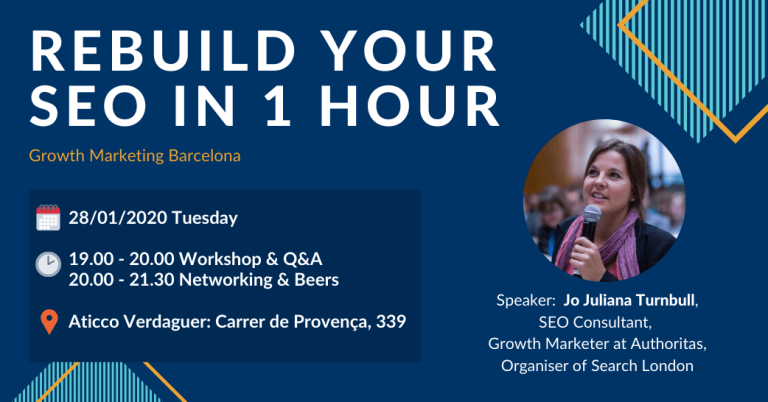
Rebuild your SEO in 1 Hour
31 January 2020
